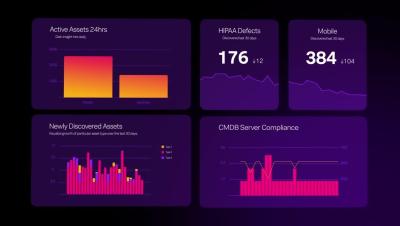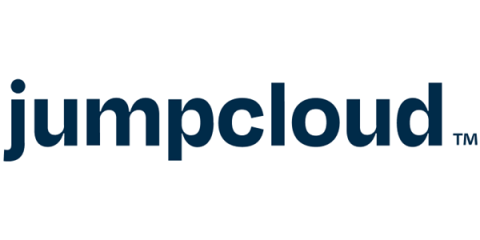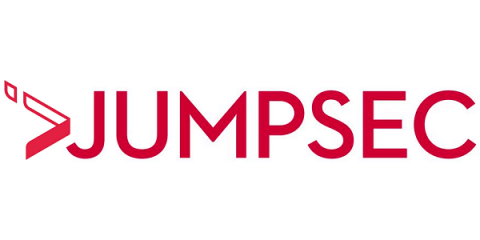How To Improve Email Security with Data Loss Prevention (DLP)
Email remains a critical communication channel for businesses of all sizes, but it also presents significant data security risks. Data loss prevention (DLP) for email is an essential component of any robust cybersecurity strategy that can help your organization safeguard sensitive information from accidental leaks, malicious insiders, and external threats.











